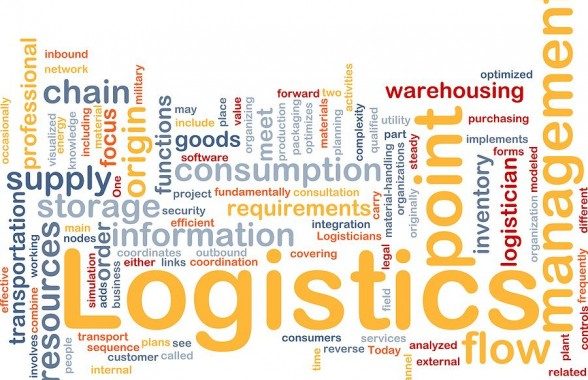Labour is generally one of the biggest costs for most companies, sometimes as much as 50 – 70% of annual budget. Managing and reducing labour related expenses while maintaining robust customer service levels can seem like a never ending challenge that many companies struggle to tackle or maintain.
The benefits for those companies who accept the challenge are far reaching; cost reductions, improved productivity, increased customer satisfaction and more streamlined efficient processes.
In short, a distinct competitive edge.
If you are thinking of tackling labour productivity Les Flanagan Logistics Services Ltd provide a full project management service that delivers significant results fast.
Our most recent project in a manufacturing warehouse, employing 90 staff, delivered annual savings of over £300k.
We have more than 4 decades of experience in management consultancy and business development within warehousing, distribution and logistics.
We have worked both large and small organisations including Sainsbury’s, Wincanton, M&S, Tibbett & Britten, Dairy Crest and Neals Yard Remedies. We are supply chain specialists with in depth experience in warehousing, labour relations and performance management.
The benefits of working with us are;
- a bespoke, tailored project management approach that works with your business. We are big enough to be the best at what we do but small enough to offer a personal service that makes you our top priority.
- a comprehensive work rate analysis of every measurable task based on professional work measurement and method study techniques. The analysis highlights inefficiencies, duplications, double handling and lost time allowing you to make focused changes swiftly.
- a detailed work flow evaluation which identifies the speed of movement of key lines and makes smart, achievable recommendations that will reduce travel time, eliminate congestion and streamline the process flow.
- an examination of your labour management techniques and structured training for all management levels on how to maximise labour force productivity.
- a thorough investigation, feedback and training on organisation and work load planning with a real focus on managing avoidable peaks, troughs and bottlenecks that impact efficiency.
- ongoing support, training and guidance that ensures you implement the recommended changes and reap the rewards.
If labour productivity is your challenge for 2017 then get in contact now and let us help you get that competitive edge.
Please email Les@LFLS.org.uk or call 07768 148208.
We are a small team which allows us to offer a real personal and tailored project management package but it does mean that we book up fast so we would advise you to get in contact quickly to guarantee our help this year.













